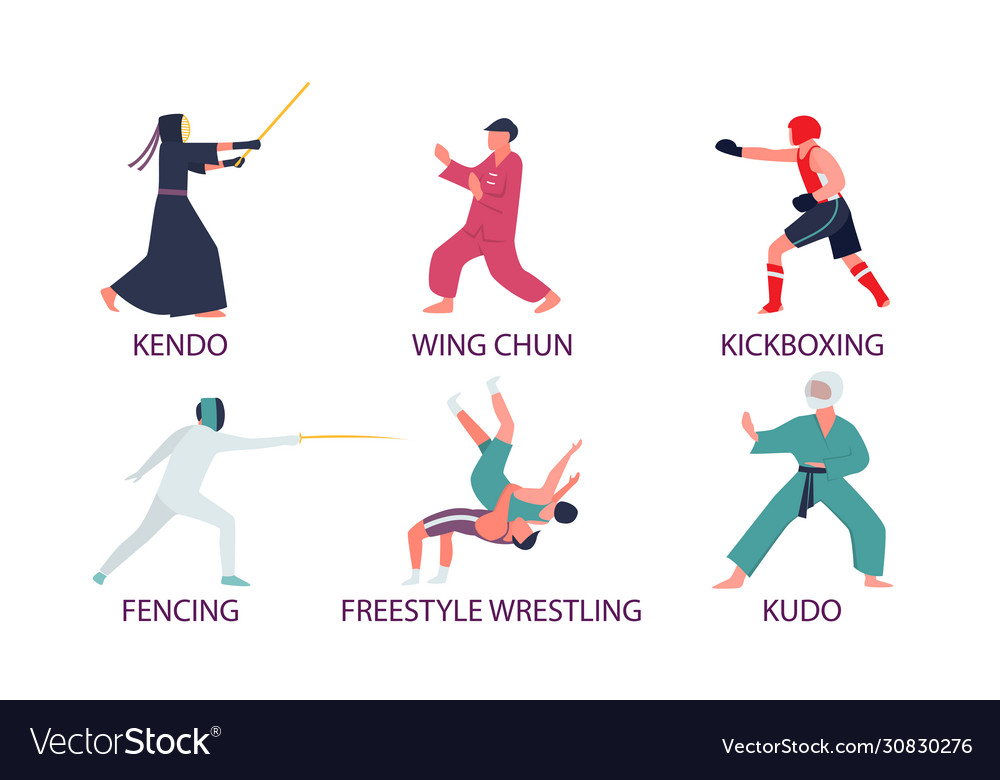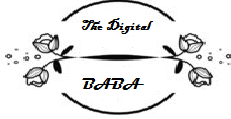
Martial arts weapons training can be a crucial part of any martial art. It can make or break your success depending on how well your weapon is used.
You can force him to drop the weapon or take it.
It is not a good idea to take the weapon of your choice and force your opponent to drop it while your head is clear. These tips will ensure that you and your friends are on the winning side. First and foremost is a proper introduction. Next, you need to have a plan of action. Getting to and from your destination is a daunting prospect, but a well planned out game plan will see you safely to your destination without breaking a sweat. It’s a good idea for you and your partner to have a solid post-attack strategy. This could be a cocktail, a wine bottle, or a roustabout. This will help you hone your wits and ensure your mate’s safety – two key ingredients to a successful marriage. It is also a good idea to ensure you are in possession of a firearm should the unthinkable occur.best mma gym melbourne
Speed is the key
If you want to become a martial arts weapons trainer, speed is one of the most important elements. Whether you’re training for a tournament or self-defense, you’ll need speed. You can improve your speed and power by using the right techniques. However, you must make sure that you train your muscles properly before you begin.
Speed training requires a lot of muscle work. Your muscles will not be strong enough to withstand the demands of speed training. Before you start, you’ll need to strengthen the muscles in your hands, shoulders and arms. You will also need to strengthen your core, legs, and other important muscles.
You’ll need to balance your body as you build your strength. Unbalanced strikes will slow down your strike rate, which can make your next attack less effective.
You must eliminate unnecessary movements in order to improve your reaction time and speed of response. Martial arts drills can help you do this. Relaxation is key to all movements.
You can use the “no mind” or peripheral vision drill to develop quick reflexes. When you do this, you’ll be forced to react to a situation without looking at your opponent. This will allow you to immediately respond to an attack.
A kicking dummy can help you improve your speed. This will help you develop quick bursts of power.
Bladed vs. non-bladed weapons
There are many martial arts styles that incorporate the use of bladed and non-bladed weapons. If you are interested in learning more about these types of weaponry, you may be wondering what’s the best option for you. Here are some tips to help you get started.
In terms of training, a rattan stick, or cane, is a common choice. A stick made of rattan is sturdy and does not break like wood. It is also relatively cheap and it does not splinter. However, a cane is not as deadly as a bladed weapon.
Unarmed defenses against sticks are taught in some martial arts schools. These include the sai mentioned above and some other obscure sticks. The aforementioned sai can be used in a variety of ways, including stabbing and throwing. It is also one of the most affordable fancy-shmancy weapon and a valuable addition to any self defense arsenal.
For most people, the most obvious weapon of all is a gun. While firearms are often considered to be the most effective and powerful of all weapons, knives are also very effective. They can inflict more damage than guns and can be used by many people at once. Therefore, it’s a good idea to carry a couple of bladed and non-bladed tools around.
You should spend time learning how to defend yourself against an attack. The most practical way to do this is through sparring. You can determine which technique is most effective by trying a variety of techniques.
Traditional weapons for martial arts
Traditional martial arts weapons training is one of the most important parts of learning a martial art. You will be able to grip the weapon and strengthen your body. You will also learn the rules for weapon interaction. These are essential skills when it comes to defending yourself and your loved ones.

There are many different types of weapons used in traditional martial arts. They can be blunt or bladed. You may also use a single sword or a wooden stick in some cases. Some other weapons include the sai and the nunchaku.
The sai, a pointed-metal baton, is also known as the sai. It is usually used in pairs. Sai techniques emphasize rapid grip changes. You can practice many techniques when you have another weapon.
Another type of weapon is a tahtib. This is a staff measuring four feet in length that is used mainly for Egypt. Originally called fan a’nazaha wi-tahtib in Arabic, its name means “straightness through stick”. Today’s tahtib stick is flailed in large figure-8 patterns.
In Okinawa, the sai is a common weapon. The bo is also a popular martial arts weapon. Bo is usually the first weapon that is taught at a martial arts school.
Kobudo is a term that refers to a wide range of weapons-based martial arts. A kobudo style includes combat and horse riding techniques.
Specialty weapons can be used in addition to traditional martial arts weapons. These weapons can be used for specific purposes. These weapons were traditionally made from antlers, fishing spears, or farming tools. Rebels and warlords also used them.
Krabi-Krabong
Krabi-Krabong martial art weapons training is the use of traditional Thai weapons for self defense. The practice includes both unarmed and armed techniques. It can use a variety of weapons, including spears, arrows and knives.
Krabi Krabong martial arts can be used for combat, but it also helps to condition every part of the body. It is a good self-defense weapon. It helps you to learn grace and discipline.best mma gym melbourne
Krabi-Krabong is a traditional Thai martial art that has been preserved by its warriors for hundreds of years. It is believed that its warriors have protected the royal family against invaders for hundreds of years. As a result, it is included in the curriculum of physical education in Thailand.
However, the modern world has a hard time comprehending the essence of Krabi-Krabong. For this reason, some question its relevance. Despite this, many schools are still striving to modernize the art and teach it to students in the 21st century.
Aside from training in the weapons, Krabi-Krabong also involves the practice of solo dance forms. These dances teach important combat moves. Solo dance forms can be taught in both standing and kneeling positions.
Another important aspect of Krabi-Krabong is the practice of footwork. Every drill focuses on this. This allows you train your entire body, starting at your feet and ending at your head.
There are many schools that teach Krabi Krabong in Thailand. Some combine it with boxing and gymnastics to create a complete fighting style.
Eskrima
Eskrima is a Filipino Martial Art that focuses on using improvised weapons. It is a dynamic combat system that can adapt to any situation. Some of the weapons used include: bolo, latigo, and baston.
The most important aspect of learning this system is the Sinawali technique. This is a series involving two people and two weapons officepower. It develops the body’s ability to rotate and improves the practitioner’s ambidextrousness.
Instructors will show students how to use various weapons during the training. In addition, the training will also improve the practitioner’s coordination and forearm and wrist muscles. It will also help the practitioner develop effective angles for attack and defense.
Most of the techniques in Eskrima are based on the use of the live hand. This can be used to support weapon blocks, locking, or trapping. But in some eskrima styles, the live hand is only used in conjunction with the empty hand.
The practice of eskrima is not limited to the Philippines. It has even been adopted in Western countries, including the United States. These classes are dismissed by some eskrima schools as inferior versions of the original training methods.
Eskrima has a rich history, which can be traced back to interactions between Asian and Malay communities in the Philippines. These communities primarily practiced stick fighting before the Spanish colonial invasion in 1521.
Eskrima practitioners often combine their practice and other martial arts like Wing Chun. It is also common to mix the art with silat, a lower body technique.


